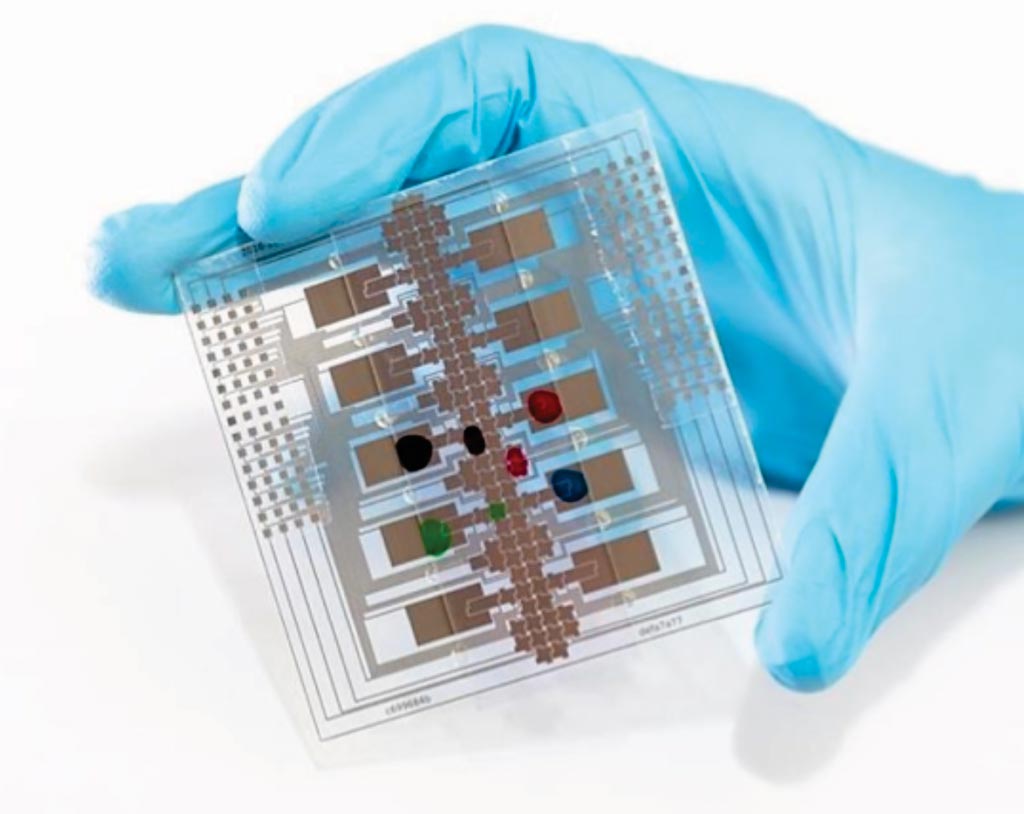Portable Device Rapidly Detects Measles and Rubella
By LabMedica International staff writers
Posted on 11 Jun 2018
Serosurveys are useful for assessing population susceptibility to vaccine-preventable disease outbreaks. Many point-of-care diagnostics rely on lateral flow assays or microfluidics; however, these methods generally cannot test multiple samples simultaneously.Posted on 11 Jun 2018
A potential solution is a compact and portable, field-deployable, point-of-care system relying on digital microfluidics that can rapidly test a small volume of capillary blood for disease-specific antibodies. A portable device has been developed that detects measles and rubella antibodies in about 35 minutes, and it has potential applications in both remote and conventional laboratory settings.

Image: The Measles-Rubella Box (MRBox) is a low-cost, portable technology to detect measles and rubella infection status and immunity, for use in developing nations (Photo courtesy of University of Toronto).
Scientists at the University of Toronto (Toronto, ON, Canada) and the international colleagues collected blood samples from 144 children age nine months to 59 months and caregivers in a refugee camp in Kenya to test a new device in the field. The device called the Measles-Rubella Box (MRBox) is a bead-based chemiluminescent enzyme-linked immunosorbent assay (ELISA) that uses microscopic magnetic beads that have the measles or rubella virus attached to them.
The immunoglobulin G (IgG) assays were determined to have sensitivities of 86% [95% confidence interval (CI), 79 to 91% (measles)] and 81% [95% CI, 73 to 88% (rubella)] and specificities of 80% [95% CI, 49 to 94% (measles)] and 91% [95% CI, 76 to 97% (rubella)] (measles, n = 140; rubella, n = 135). The assays were compared with reference tests, measles IgG and rubella IgG ELISAs from Siemens Enzygnost conducted in a centralized laboratory. The MRBox could test simultaneously four samples, although digital microfluidic (DMF) IgG detection was less sensitive and specific than laboratory-based ELISA testing of matched serum samples.
Darius G. Rackus, PhD, a senior author of the study, said, “We demonstrated this technology for its use in remote settings, where sending tests to a centralized laboratory is not an option. However, we think this technology could also be useful for traditional laboratories or even in a distributed (versus centralized) testing model.” The study was originally published on April 28, 2018, in the journal Science Translational Medicine.
Related Links:
University of Toronto













